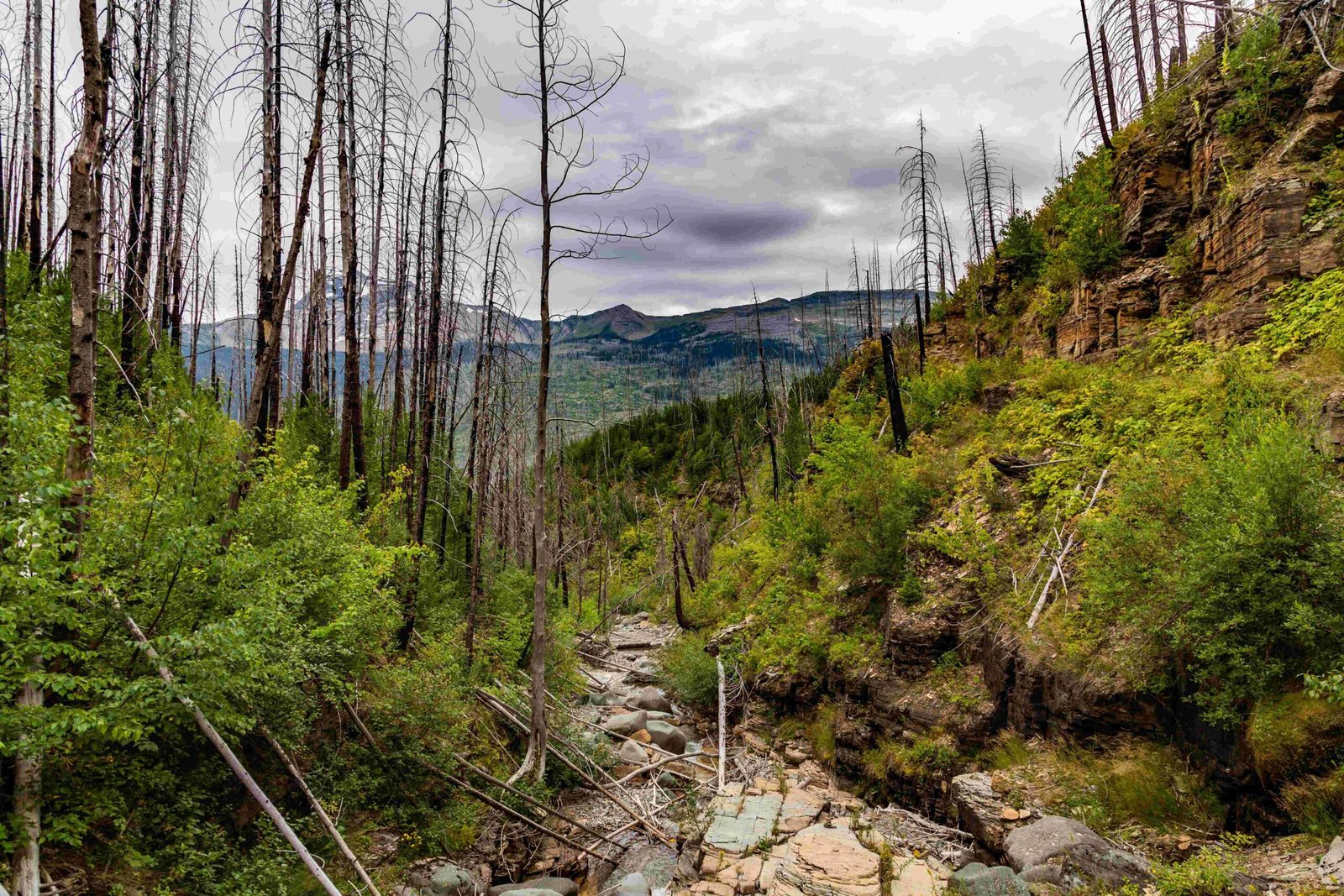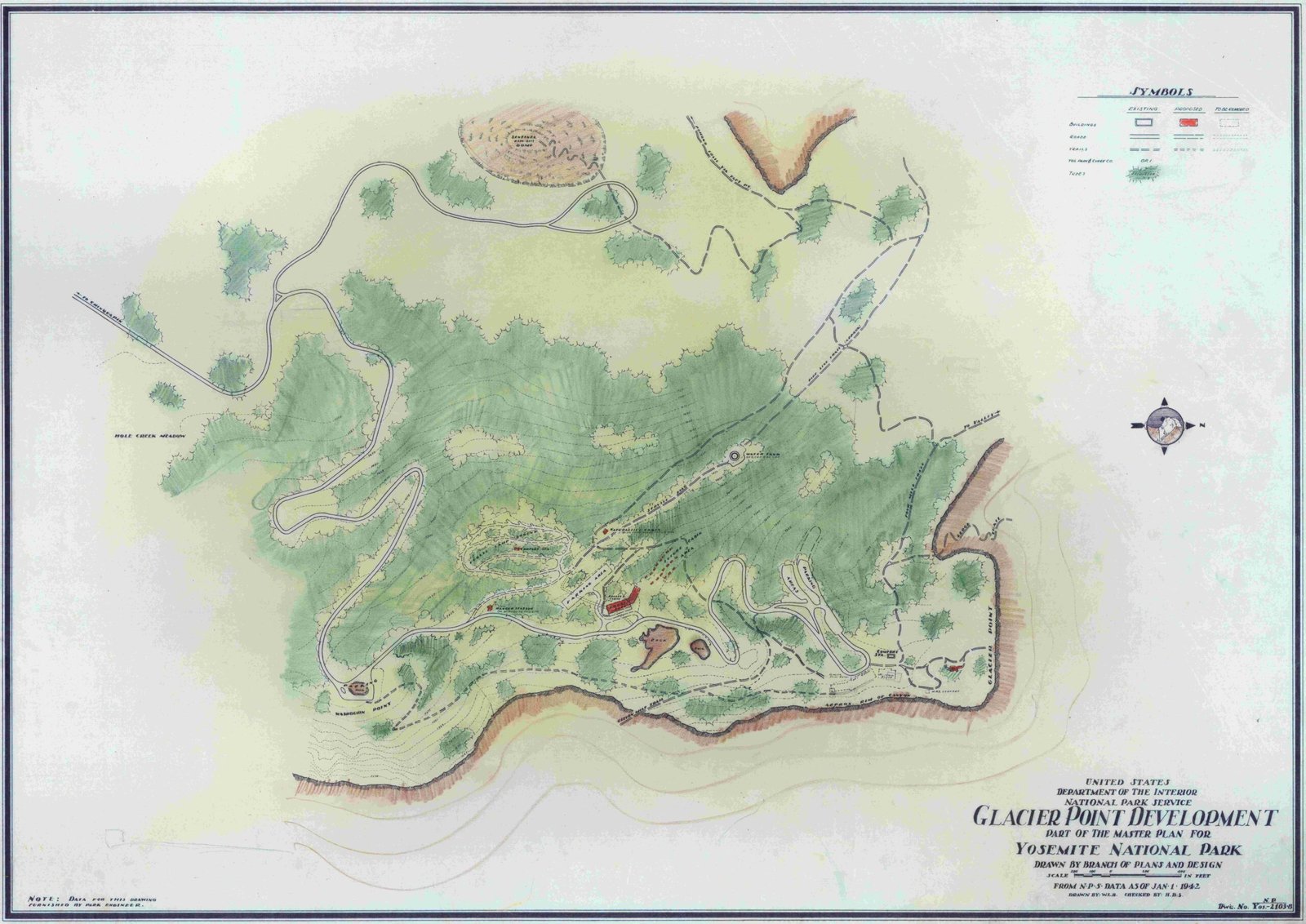Glacier National Park, renowned for its stunning landscapes and diverse ecosystems, offers a network of trails that attract hikers from around the world. The accessibility of these trails varies throughout the year, primarily due to snow cover and weather conditions. Typically, lower elevation trails begin to clear in late spring, while higher elevation paths may remain snow-covered until mid-summer. Understanding the seasonal patterns and factors affecting trail conditions is crucial for planning a safe and enjoyable visit to this majestic park.
When Do Trails Start to Clear in Glacier National Park?

The clearing of trails in Glacier National Park follows a seasonal pattern, influenced by elevation, weather conditions, and snowfall from the previous winter. Here’s a breakdown of trail accessibility throughout the year:
Spring (Early May to Late June)
- Lower elevation trails begin to clear
- High elevation trails remain snow-bound
- Avalanche hazards may persist in some areas
Summer (Early July to Mid-September)
- Prime hiking season
- Most trails clear of snow by mid-July
- Some high elevation trails may have residual snow patches
Fall (Mid-September to Early October)
- Trails generally clear of snow
- Cooler temperatures and shorter days
- Trail bridges typically removed in late September
What Factors Affect Trail Clearing in Glacier National Park?

Several factors influence when trails become accessible in Glacier National Park:
- Elevation: Higher elevation trails take longer to clear due to colder temperatures and more snowfall.
- Aspect: South-facing slopes tend to clear faster than north-facing slopes.
- Snowpack: The amount of snow from the previous winter affects clearing times.
- Spring temperatures: Warmer springs can accelerate snow melt.
- Precipitation: Late spring snowstorms can delay trail clearing.
How Does Elevation Impact Trail Accessibility?
Elevation plays a crucial role in determining when trails become clear of snow in Glacier National Park. Here’s a general guide:
| Elevation Range | Typical Clearing Time |
|---|---|
| Below 1,500 m | Late May to early June |
| 1,500 – 2,000 m | Mid-June to early July |
| Above 2,000 m | Mid-July to early August |
Keep in mind that these are general estimates and can vary based on annual weather patterns and specific trail locations.
Which Trails Clear First in Glacier National Park?
Lower elevation trails typically clear first in Glacier National Park. Some of the earliest accessible trails include:
- Trail of the Cedars
- Length: 1.4 km
- Elevation Gain: 15 m
-
Usually clear by: Early June
-
Apgar Bike Path
- Length: 2.8 km
- Elevation Gain: Minimal
-
Usually clear by: Late May
-
Johns Lake Loop
- Length: 3.2 km
- Elevation Gain: 70 m
- Usually clear by: Early June
What Are the Latest Trails to Clear in Glacier National Park?
High elevation trails and those in areas that receive heavy snowfall are typically the last to clear. Some examples include:
- Highline Trail
- Length: 18.5 km
- Elevation Gain: 460 m
-
Usually clear by: Mid to late July
-
Iceberg Lake Trail
- Length: 15.2 km
- Elevation Gain: 580 m
-
Usually clear by: Early to mid-July
-
Ptarmigan Tunnel
- Length: 16.7 km
- Elevation Gain: 730 m
- Usually clear by: Late July to early August
How Can Visitors Stay Informed About Trail Conditions?
To stay updated on trail conditions in Glacier National Park:
- Check the official Glacier National Park website for current trail status reports.
- Visit park visitor centers for up-to-date information from rangers.
- Follow Glacier National Park’s social media accounts for real-time updates.
- Use hiking apps that provide user-generated trail condition reports.
- Join online hiking forums or groups focused on Glacier National Park.
What Safety Precautions Should Hikers Take on Partially Cleared Trails?
When hiking on partially cleared trails in Glacier National Park, consider these safety measures:
- Carry appropriate gear, including trekking poles and microspikes for icy sections.
- Be prepared for sudden weather changes, especially at higher elevations.
- Bring a map and compass, as trail markers may be obscured by snow.
- Watch for hazards like unstable snow bridges or hidden streams.
- Turn back if conditions become unsafe or you’re unsure of the route.
How Does Trail Clearing Affect Wildlife Viewing Opportunities?
The clearing of trails in Glacier National Park can impact wildlife viewing opportunities:
- Early season (when trails are just clearing): Potential for viewing animals as they emerge from winter habitats.
- Mid-season (most trails clear): Increased human activity may push wildlife to more remote areas.
- Late season (all trails clear): Animals may be more visible as they prepare for winter.
Remember to always maintain a safe distance from wildlife and follow park regulations.
What Alternative Activities Are Available When Trails Are Not Clear?
When some trails remain snow-covered, visitors to Glacier National Park can enjoy:
- Scenic drives along cleared roads
- Photography of snow-capped peaks and spring wildflowers
- Birdwatching in lower elevation areas
- Ranger-led programs and interpretive talks
- Visiting the park’s museums and visitor centers
- Exploring nearby towns and attractions
By understanding the patterns of trail clearing in Glacier National Park, visitors can plan their trips to make the most of the park’s natural beauty and diverse recreational opportunities, regardless of the season.
References:
1. Glacier National Park Official Website
2. Glacier National Park Trail Status Reports
3. Hiking Safety in Glacier National Park